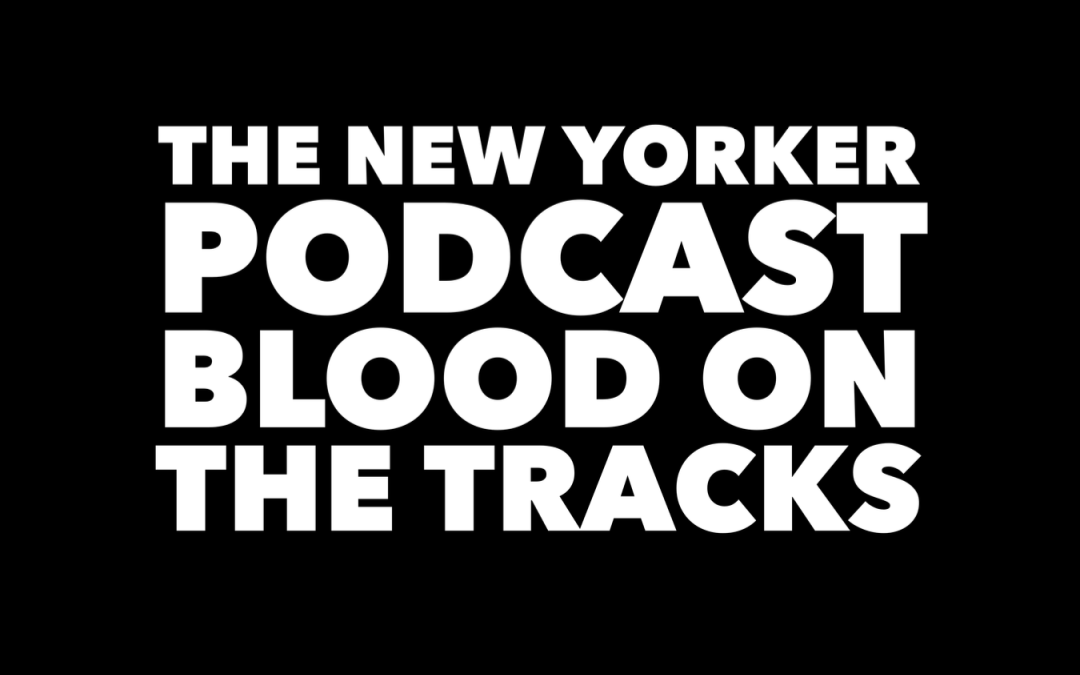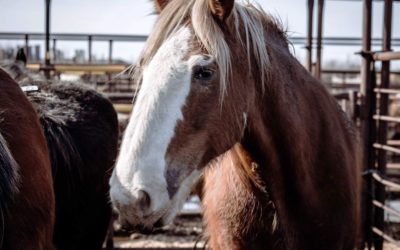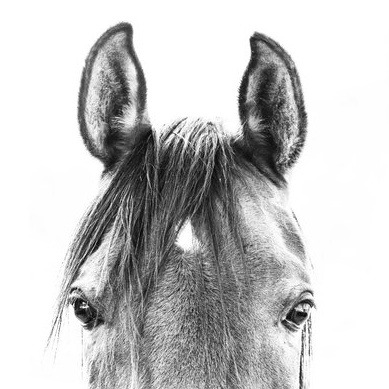CAN HORSE RACING SURVIVE?
In a time of changing sensitivities,
an ancient sport struggles to justify itself.
In 2019, dozens of thoroughbreds died at California’s Santa Anita Park.
As outrage built, the industry was forced to contend with an existential question:
Is racing inseparable from cruelty to animals?
MAY 15, 2021 – By William Finnegan
The linked article is long but a very worthwhile read or listen.
Yes, I said read or listen. There’s an audio file linked near the top of the article, a podcast – so you may choose to listen instead of reading.
Published in the print edition of The New Yorker on May 24, 2021, with the headline “Blood on the Tracks.”…
This article is a wealth of information about horse racing, in the United States and the information – and the industry – includes strong ties to Canada as well.
For that reason we’ve chosen to feature this article for a second time.
P.S. Our followers from Australia and New Zealand will find it interesting too.
What happened at the Breeders’ Cup World Championships in late 2019 looked like the end of horse racing in California, maybe in America.
It was the twelfth and final race of a two-day series, at Santa Anita Park, the storied track near Los Angeles. Sixty-eight thousand people packed the Art Deco grandstand, the apron, the infield, the high-priced suites.
The “handle”—the total betting for the day—was a healthy hundred and seventeen million dollars, but thoroughbred racingitself was on life support.
Since the beginning of the year, thirty-five horses had died at Santa Anita.
Public dismay had risen to the point that Gavin Newsom, California’s governor, had told the Times that racing’s “time is up” if it did not reform.
Dianne Feinstein, the state’s senior senator, had released a letter calling the Breeders’ Cup races a “critical test for the future of horseracing.”

T-SHIRTS IN SUPPORT OF HORSE RESCUE FUND
LIMITED TIME OFFER FREE SHIPPING CANADA & USA
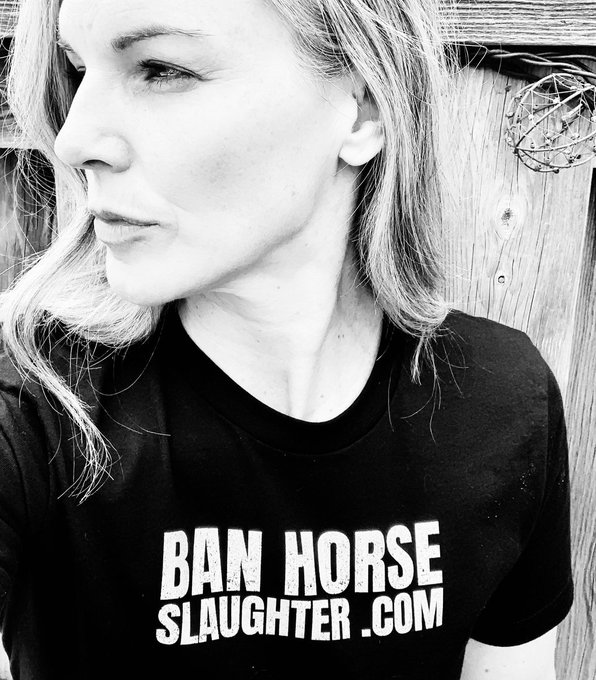
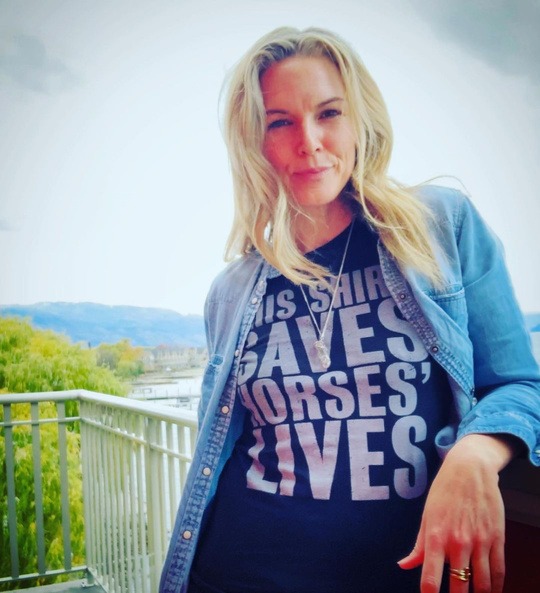
CANADA SLAUGHTERS HORSES FOR HUMAN CONSUMPTION
It may be hard for some to believe that tens of thousands of horses, including pets, are routinely slaughtered in Canada, for human consumption.
Some of the meat is consumed in Canada and much of it is shipped to the European Union and other markets, including Japan.
The barbaric slaughter of horses is currently not legal in the United States, BUT horses, including pets and ex-racehorses, from the United States are shipped to Canada and to Mexico to be slaughtered.
In addition Canada allows for the transportation of live horses to Japan, to be slaughtered for human consumption, and unfortunately the transportation of horses destined for slaughter within Canada, and by air, is far from humane.
Prairie Dark Room Trisia Eddy
Here's another great example of an amazing Horse Hero. Someone who puts her actions and her money where her mouth is. Meet photographer extraordinaire and horse advocate Trisia Eddy, from The Prairie Dark Room, in Alberta, Canada. Like so many Trisia is incredibly...
EVENT Red Deer, AB: CHDC at Mane Event
Very special thanks to the Canadian Horse Defence Coalition who will be at the Mane Event Red Deer, Alberta. Booth 906. April 26th, 27th and 28th. Special thanks to Lisa Pitts who is heading up this initiative and all the other volunteers making this booth possible....
NBC Chicago 5: Life After Racing from Stud to Slaughter
With special thanks to Emily Feldman (May 2013). It is well-documented that many racehorses end up at slaughter auctions within a week of their last race, despite the fact that many tracks aross the country have policies opposing this practice,” said Nancy Perry, the...

